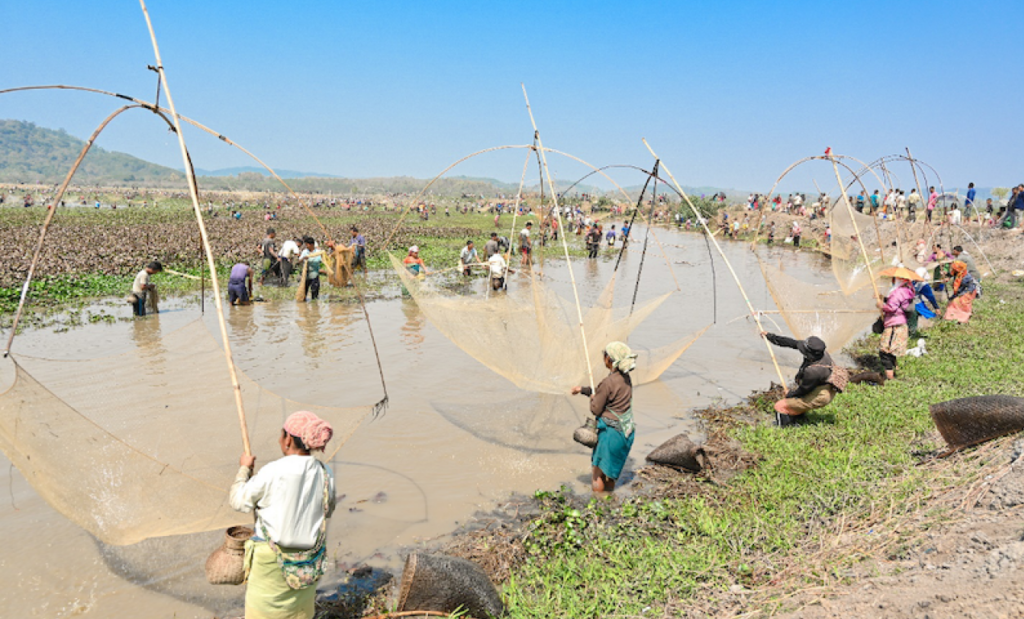
Water storage systems, such as dams, reservoirs, and tanks, are integral to India’s agricultural framework and economic development. However, their influence extends far beyond irrigation and drinking water supply; they significantly affect small-scale fisheries, a critical livelihood source for millions of people across the country. Understanding this relationship is essential for ensuring the sustainability of both fisheries and the communities that rely on them.
The Role of Small-Scale Fisheries
Small-scale fisheries are vital for food security, economic stability, and cultural identity in many Indian communities. Employing approximately 14 million people directly and many more indirectly, this sector provides vital nutrition and income, particularly in rural areas. Small-scale fishers often operate in inland water bodies, such as rivers, lakes, and man-made reservoirs, relying on these ecosystems for their catch. The interaction between water storage practices and fish populations can thus directly impact the livelihoods of these communities.
Benefits of Water Storage for Fisheries
Water storage facilities can enhance fish production in several ways. By creating stable aquatic environments, reservoirs can support a diverse range of fish species. The controlled water levels and improved habitat conditions often lead to increased fish populations. Additionally, these environments can serve as breeding grounds, allowing fish stocks to replenish naturally.
The infrastructure associated with water storage can also improve access to markets for fishers. Better roads and transportation systems can reduce post-harvest losses and ensure that fishers receive fair prices for their catch, ultimately leading to improved economic outcomes for these communities.
Challenges Associated with Water Storage
Despite the potential benefits, water storage projects can present significant challenges to small-scale fisheries. The construction of dams and reservoirs often disrupts natural water flow, leading to ecological changes that can harm fish habitats. Alterations in sediment transport and water quality can result in diminished fish populations and reduced biodiversity.
Additionally, large water storage projects may displace local fishing communities, leading to loss of traditional livelihoods. As land and water resources are repurposed for large-scale development, small-scale fishers often find themselves with reduced access to their traditional fishing grounds. This displacement can cause social tensions and economic hardships as these communities struggle to adapt to new realities.
Climate Change Considerations
The impacts of climate change further complicate the relationship between water storage and small-scale fisheries. Variability in rainfall patterns, prolonged droughts, and extreme weather events can affect the reliability of water storage systems. For example, during dry spells, reduced water levels in reservoirs can lead to lower fish populations, threatening the livelihoods of those who depend on them.
Conversely, heavy rainfall and flooding can overwhelm storage facilities, causing habitat destruction and displacing local communities. Rising temperatures can also alter fish behavior, including migration patterns and breeding cycles, impacting catch rates. These changes place additional stress on small-scale fisheries, which often lack the resources to adapt effectively.
Conclusion
The impact of water storage on India’s small-scale fisheries is a complex interplay of benefits and challenges. While water storage can enhance fish production and improve livelihoods, it can also disrupt ecosystems and displace communities. A holistic approach that incorporates sustainable management practices and community involvement is essential for ensuring the long-term viability of both fisheries and the people who depend on them. By addressing these issues, India can create a more resilient and sustainable future for its small-scale fishing communities.


